The much-maligned Prince Regent was widely regarded as a foppish and extravagant character in an era that spanned the American War of Independence and the Battle of Waterloo.
Yet one of the royal’s most significant visits to Warwickshire, when he climbed down from his carriage to walk over Stratford-upon-Avon’s decrepit Clopton Bridge, bowing to the crowds on his way, has long vanished from memory.
A chance find at the Shakespeare Birthplace Trust led history writer Martin Kenny to retrace the day the future King showed a more humble side to the royal watchers gathered by the Avon.
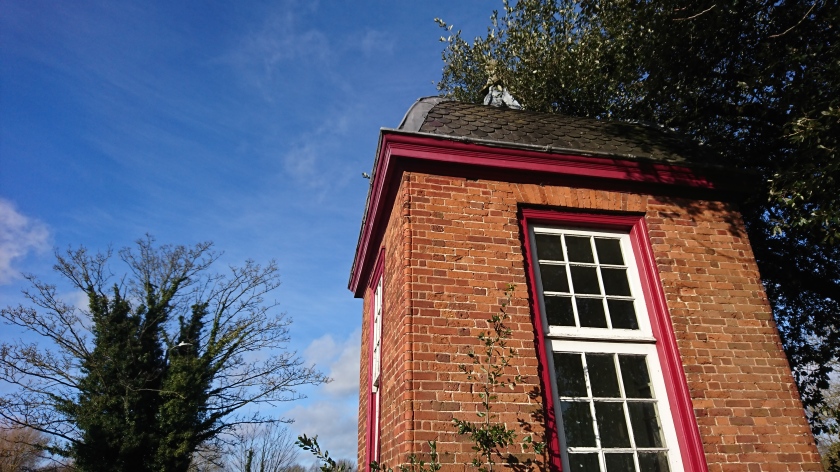
As royal visits go, the unplanned visit of the Prince Regent, the Prince of Wales and future King George IV, must rank as the most unique trip of any monarch to Stratford.
The visit more than 200 years has long faded from memory and only a chance visit to the Reading Room at the Shakespeare Birthplace Trust revealed the exact circumstances of a rare meeting between the future King and his subjects on the town’s landmark bridge.
In an album of memorabilia collected by town solicitor and nineteenth century Shakespeare historian Robert Bell Wheeler there is a piece of reference material not much larger than a business card which in three, well-scribed paragraphs gives specific detail of the encounter.
By 1811 the medieval Clopton Bridge and its low, rolling arches had fallen into such a state of disrepair it was apparent to statesmen and market traders alike that urgent action was needed to ensure the vital gateway to the town could continue to function.
Mr Wheeler’s small, white-backed card gives details of a meeting at the White Lion Inn the following Saturday to discuss a rather ambitious plan to “take down the present stone bridge and rebuild a more commodious one, for the accommodation of the public”.
The solicitor’s legal prose gives some further, brief details on the reverse of the card. He notes that meeting was thinly attended, though the Marquis of Hertford was one notable presence, and finishes by recording that no resolution was made.

The White Lion at this time was one of the most significant Coaching Inns in the land and occupied a considerable area from the top of Henley Street (19-21) through to Shakespeare’s Birthplace. The venue was an integral part of the Shakespeare Festival of 1769 which was hosted by David Garrick and is recognised to be the first major celebration of the Bard’s work.
Only portions of the original building have been retained, though significantly this includes the current basement of the Shakespeare Birthplace Trust.
The third paragraph of the card surprisingly recalls the visit of the Prince Regent to Stratford and gives the following account: “Upon Wednesday the 4th of Sept 1811 His Royal Highness the Prince of Wales (Regent) passed through Stratford on his return from Ragley where he had been with the Marquis of Hertford from Sunday the 25th Aug.
“Our Bridge had been represented and so very dangerous that the Marquis advised him to alight from his Carriage at the Bridge End & walk over it, which he and his attendants, Colonel Bloomfield & others did; & were surrounded with plenty of gaping Stratfordians. His Royal Highness bowed most graciously to them.”
The meeting of the “gaping Stratfordians” with the future King can only be imagined but it must have been a fascinating clash of two worlds and cultures. The Prince spent much time at Ragley Hall and his bedroom is still an exhibit at the house today. It was widely reported that there was an affair between the Prince and the Marquess of Hertford.

The year 1811 would prove to be a momentous one for the royal’s father, George III, whose health deteriorated to the point where he was declared insane. The Royal Collection Trust’s ‘Georgian Papers’ includes copies of letters sent by doctors advising of the King’s health condition.
The Prince had become ‘regent’ as a result of his father’s condition and he would accede to the throne amid much pageantry in 1820, despite having gained a reputation as a gregarious, flamboyant character with a predilection for women and drink.
The reference to Colonel Bloomfield demonstrates the important role he took as an entrusted attendant. If there were any concerns for the Prince Regent’s security these would have been addressed by the Colonel, who appears to have been a confidant since taking the position in 1808.
When the Prince has concerns about his safety at Carlton House in London after murders on the nearby Ratcliffe Highway in Christmas 1811, he instructs the Colonel not to admit strangers to the property after 8pm.
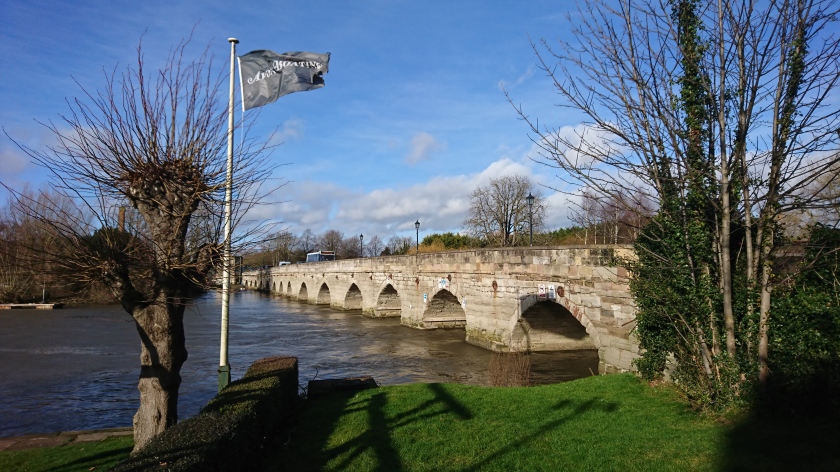
Despite the Prince’s safety-first crossing, it wasn’t until 1814 that work took place to widen and repair the bridge, which now took on a new profile following the construction of the tollhouse.
Tolls were imposed to pay for the improvements and an article from the Oxford Chronicle includes details of how the arrangements were carried out. It is interesting to note that this was the last time the bridge was widened, which is incredible considering the changes in transportation over the last two centuries!
As traffic continues to rumble over the Grade I-listed monument today, the Prince’s crossing has vanished from memory. The Warwick and Warwickshire Advertiser of 31 August 1811 makes only a passing reference to the visit of the Prince Regent to Ragley Hall on page three.
The newspaper states: “His Royal Highness the Prince Regent has for these days past, been on a visit to the Marquis of Hertford’s at Ragley in this county.”
A previous visit by the Prince to Stratford in September 1806 is documented by Mr Wheeler, including the presentation of a box made from a mulberry tree in Shakespeare’s New Place.
I am always intrigued when researching old archive material as to whether the details may have been overlooked in the reporting of the history of the town. The visit of the Prince Regent to Stratford in 1806 received significant coverage when the royal visitor was presented with the wooden box made from the rosewood of New Place by Mr Bell Wheeler. It is therefore surprising that the details so carefully scribed in the same handwriting should have remained disregarded.
It makes you wonder what other secrets the archives of the Trust hold among the one million documents.
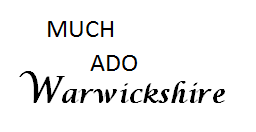
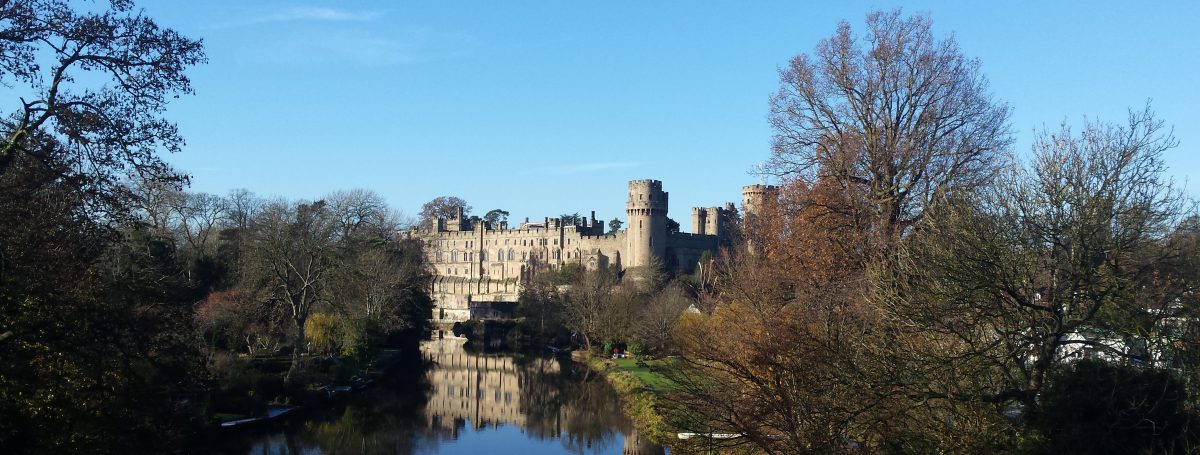
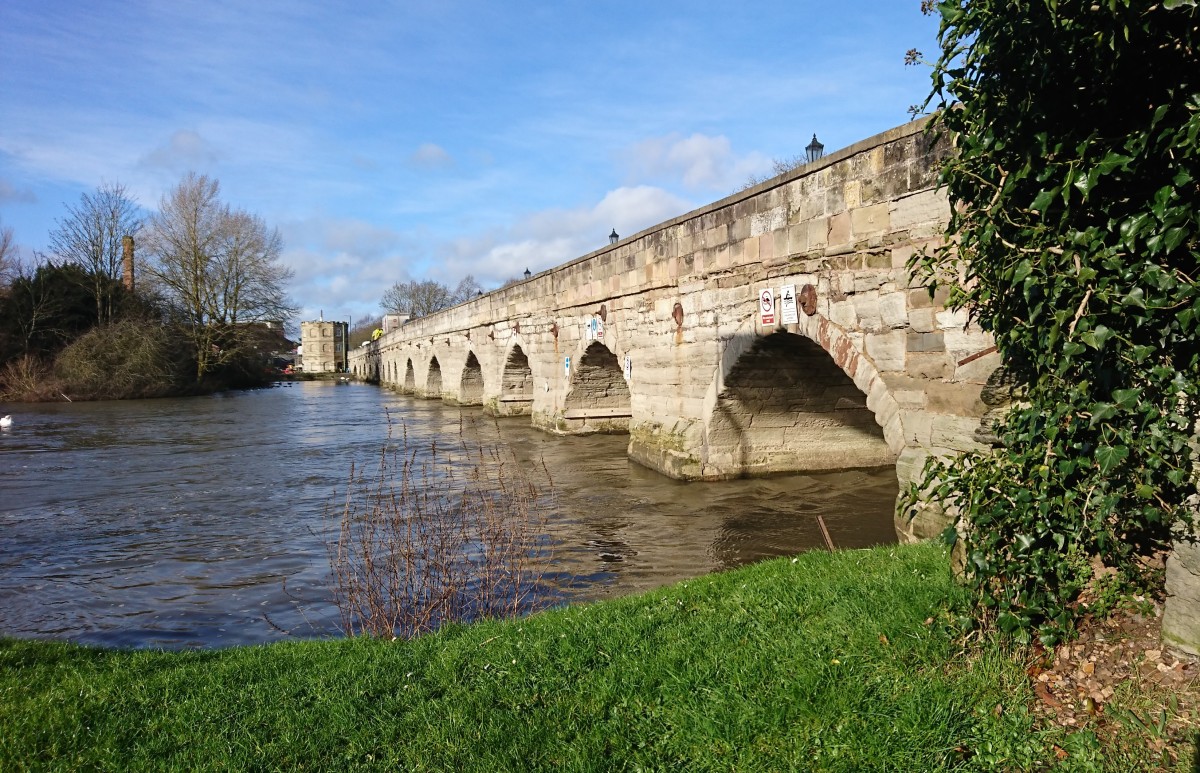
Fascinating
LikeLike